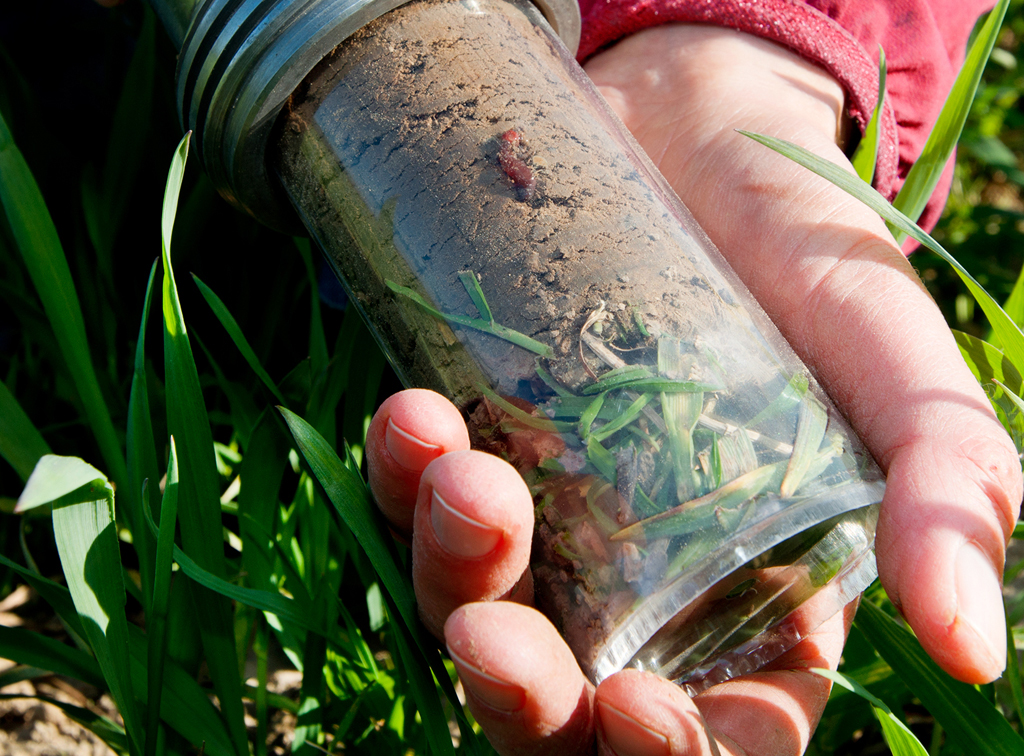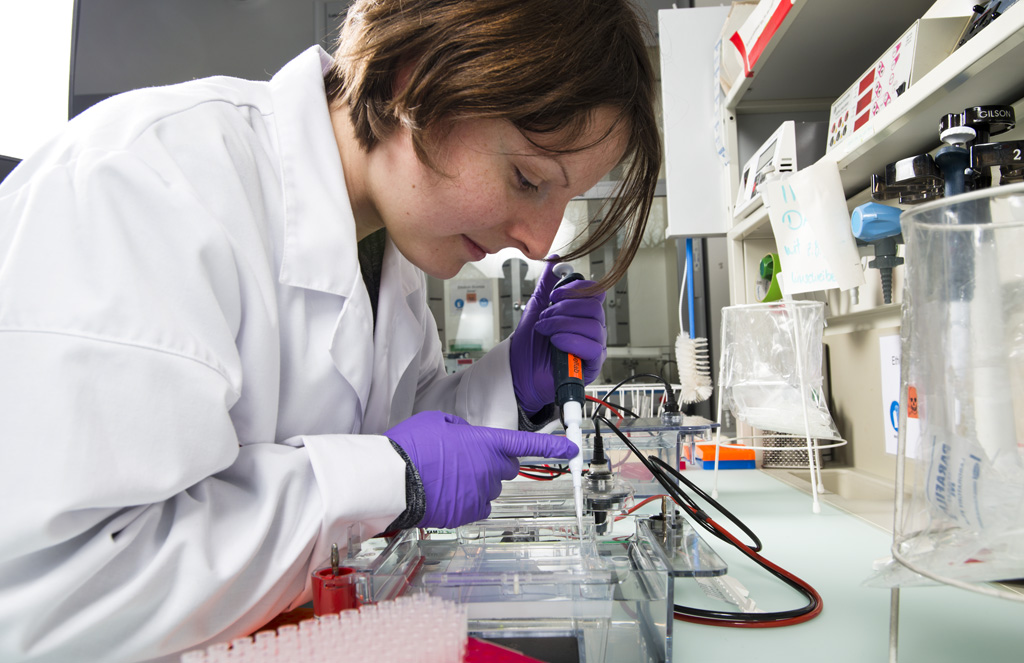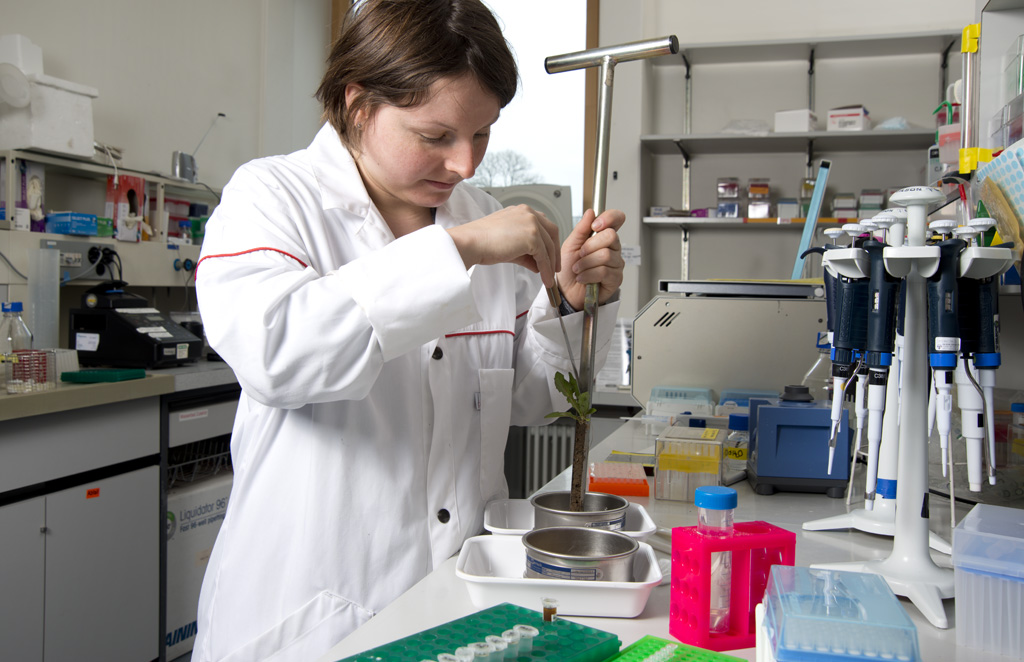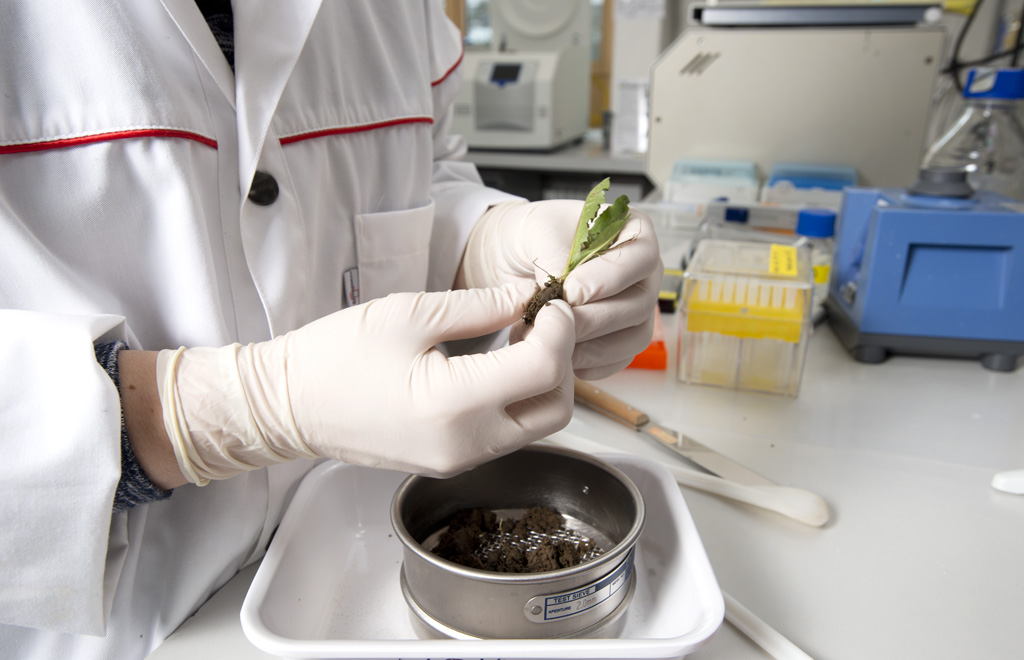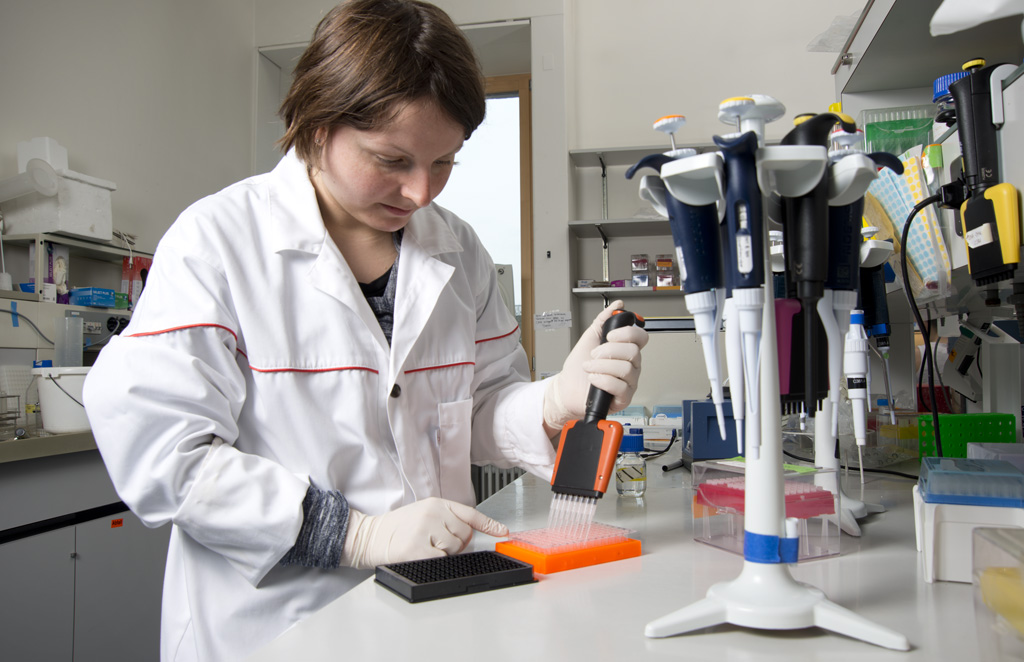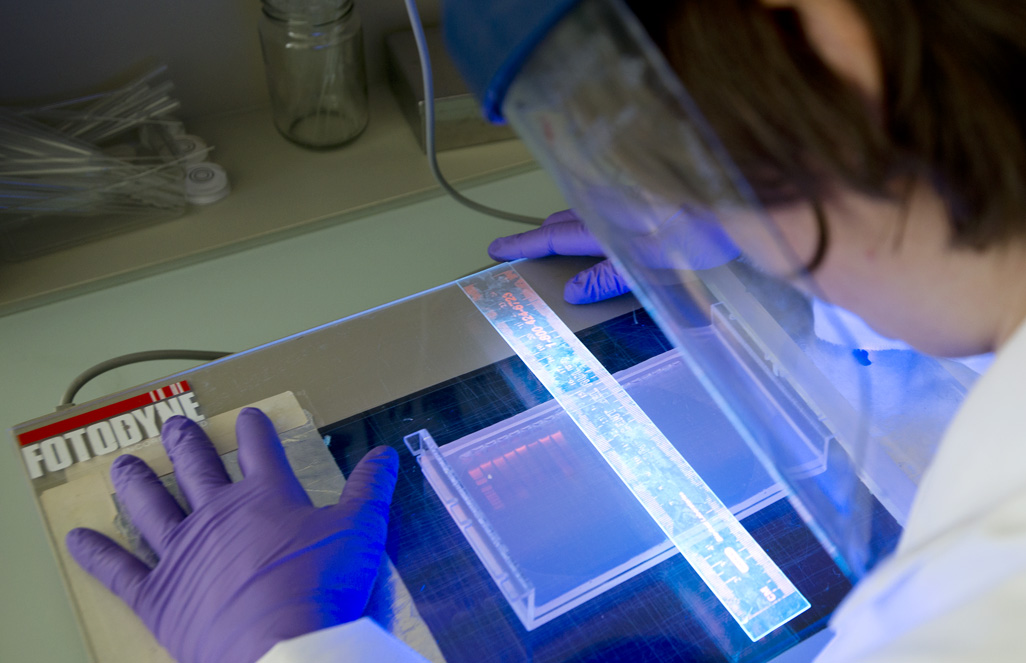However, the natural resource ‘soil’ – the habitat of the soil organisms – is threatened both in quantitative and qualitative terms. On the one hand, fertile soils that have formed over centuries in Switzerland are being lost every second owing to soil sealing; on the other hand, incorrect soil management techniques can lead to humus loss, erosion and compaction. The passage of heavy agricultural machinery over wet soils causes soil compaction, leading to waterlogging and oxygen deficiency. Using newly developed probes, Agroscope investigates when the state of the soil structure becomes critical for soil organisms and plant roots owing to insufficient oxygen availability. We also analyse how an unfavourable soil structure influences the availability and mobility of nutrients and pollutants. Such findings are applied in Terranimo – a decision-making tool for farmers developed jointly by Agroscope, the School of Agricultural, Forest and Food Sciences (HAFL), and EU partners for the purpose of avoiding soil compaction.
Focus on soil quality
In the context of the Swiss Soil Monitoring Network (NABO), Agroscope measures – in addition to other soil properties and on behalf of the Federal Office for the Environment (FOEN) and the Federal Office for Agriculture (FOAG) – soil contamination by heavy metals and selected organic pollutants at regular intervals at about a hundred sites. In addition, soil microbiological parameters have been analysed at thirty of these sites since 2012 as part of the NABObio programme. For this purpose, mixed samples from hundred-square-metre observation plots are used to measure microbial biomass and soil respiration, and to analyse the genetic material of soil microorganisms. A finding of this research was, for example, that from 2012 to 2014 microbial biomass and activity in grassland soils were greater than in arable soils.
Moreover, soil organisms may serve as indicators, since they can point out harmful changes in their habitat at an early stage. The NABObio project makes use of the rapidly developing field of molecular genetics, which has recently enabled us to explore the diversity of microorganisms. Launched by Agroscope in 2014, the ‘Microbial Biodiversity’ research programme investigates the totality of microorganisms and the functions of their most important representatives in plants, fermented dairy products and the soil. In this context, microbial biodiversity is explored in various soils and systems that are representative for Switzerland and the agricultural sector, in order to better understand the interaction of soil type, soil management, and soil-dwelling microorganisms. This information will contribute to a more comprehensive assessment of soil quality.
Sustainable management
Agroscope develops measures for regenerating damaged soils. For this, the natural swelling and shrinkage behaviour of soils is studied in compacted soils, together with the formation of soil pores through the activity of roots and earthworms. In addition to an intact soil structure, humus content is important for the quality of an agricultural soil. In 2014, Agroscope used a new method to calculate the humus balance of various farm types throughout Switzerland, thereby providing indications regarding the sustainability of soil use. Leaving root and crop residues in the field and applying organic and recycled fertilisers such as farmyard manure and compost provides soil organisms with nutrition and improves soil structure. This is confirmed by analyses of the measurements in the DOK long-term trial, in which integrated and organic cultivation systems have undergone comparison for over thirty years. Similar advantages for soils are provided by green-manure crops in combination with no-till cultivation systems, which are developed and tested by Agroscope for resource-efficient arable agriculture.
Agroscope not only generates new knowledge, however – it is also concerned with the transfer of this knowledge to practice. In 2014, Agroscope employees delivered numerous technical papers at field and advisory meetings of cantonal institutions, and made important contributions in both the education and policy advisory sectors. Here, principles were provided for the understanding of life processes in soils, and how these processes can be used for sustainable agricultural production.


